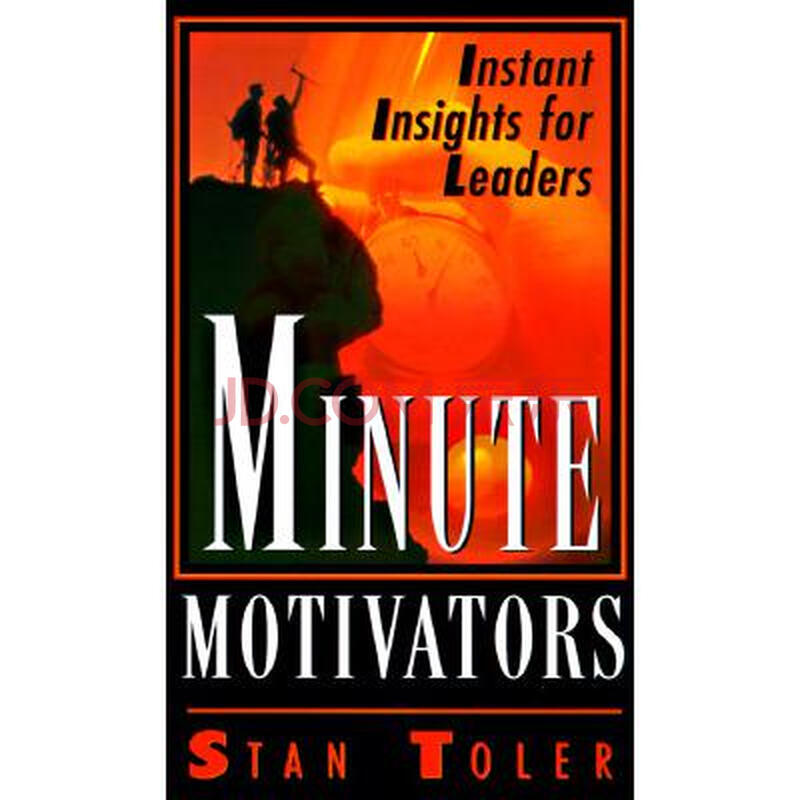Does Kortana Prop Firm offer a trading challenge? Does Kortana Prop Firm Offer a Trading Challenge? In the fast-paced wor
Think Smarter. Trade Sharper.

Welcome to Cryptos


“Trade where the imbalance lives, ride where the market tips.”
There’s a moment every trader remembers — staring at a chart and realizing the price isn’t moving randomly, it’s responding to invisible forces. That’s supply and demand at work. It doesn’t matter if you’re trading forex pairs at 2 a.m., cracking open a fresh NASDAQ chart at the opening bell, or checking Bitcoin while waiting for coffee — the same principle applies: markets move because at some price levels, people simply want in, and at others, they desperately want out.
That simple truth sparks the real debate: does supply and demand analysis work better in quick, short-term plays, or in patient, long-term setups? The answer is less binary than it looks, and the industry — especially the prop trading world — is evolving around this question.
Supply and demand trading is about finding zones where the market historically shifts. These aren’t magic levels — they’re areas where liquidity pools sit, orders cluster, and sentiment flips. Spotting them can be game-changing across multiple asset classes:
In prop trading firms, this method is prized because it offers structure without needing mountains of indicators — traders keep the playbook simple and focus on actionable levels.
Intraday traders love the supply/demand approach for one reason: clarity. When the market enters a zone, it either reacts instantly or fails — and that failure is an exit signal. You can grab tighter stop losses, near-perfect reward-to-risk setups, and avoid the trap of “waiting forever.”
Case in point: a EUR/USD trader spots a demand zone formed in the London session but triggered during New York open. Price spikes within minutes, hitting the profit target before lunch. Here, the short-term edge is speed + defined exits.
On the flip side, patience amplifies supply/demand theory. Institutional buyers don’t just tap in for 15 minutes — they accumulate around demand zones and distribute at supply zones for weeks or months.
Long-term traders use these zones as anchor points. For example, a tech stock holding above a historical demand area could signal a multi-quarter rally backed by funds and pension allocations. Crypto hodlers often rely on monthly demand zones to set buy-and-forget orders in decentralized exchanges, betting that the next bull cycle will honor those levels.
It’s not about picking short or long-term, it’s about matching the timeframe to your lifestyle, capital, and risk appetite. Supply/demand zones themselves don’t care — they’ll trigger on a 5-minute candle or a monthly chart. The difference lies in how you handle entries, exits, and drawdowns.
Prop traders often hybridize — scalping quick moves during high-volatility hours, then holding a separate account for multi-week plays anchored by major zones. This blend can smooth out income streams and lower stress.
DeFi has thrown a wildcard into traditional supply/demand strategies. On decentralized exchanges, liquidity isn’t just institutional — it’s scattered across wallets worldwide, sometimes locked into smart contracts with automated triggers. A single whale moving collateral can break or reinforce a supply zone overnight.
Looking ahead, AI-driven trading models are already mapping supply/demand with terrifying precision, scanning thousands of assets — forex pairs, stocks, crypto, indices, commodities — pinpointing hot zones before human traders even look. For prop firms, integrating these models could mean faster executions and tighter risk management without losing the human intuition that keeps strategies believable.
Slogan time: “Supply and demand isn’t a theory — it’s the blueprint every market follows. Short or long, the edge is yours when you know where the imbalance hides.”
If you want, I can also help you make a tighter “platform-optimized” version with embedded hooks, so it reads even more like a viral finance blog post and works perfectly for SEO. Want me to do that next?